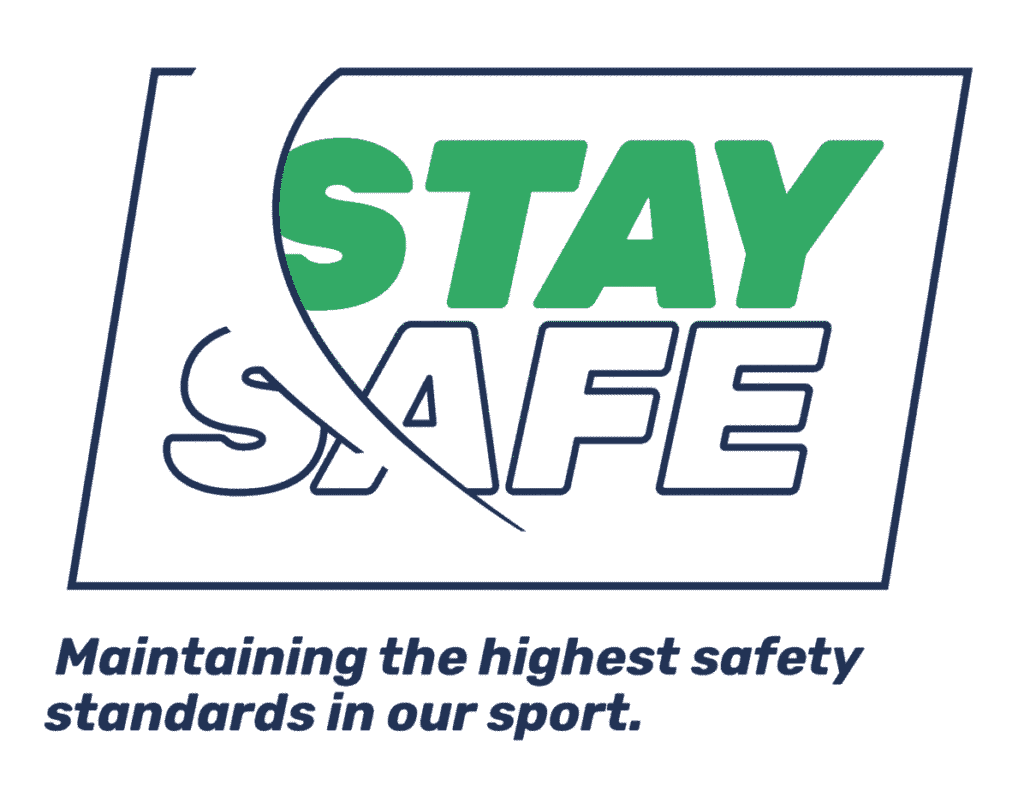A static line descent can be made after usually about 6 hours of ground training and involves the student jumper leaving the aircraft at around 4,000 feet. The main parachute is deployed using a device called a ‘static line’. This is a length of webbing attached to the aircraft at one end and the bag, in which the main parachute is kept, at the other, as the jumper falls away from the aircraft, the static line pulls the main parachute out and begins the deployment.
The parachute or canopy used is a modern ‘square parachute’ made of technically advanced materials and specifically designed to allow the student jumper to steer the canopy to the landing area. A radio attached to the jumper’s helmet is often used to coach the student and assist in the landing of the parachute.
This type of jump opens the way to becoming a skydiver, further training and more descents will allow the student to skydive without the static line, deploying the parachute manually and achieving that all-important ‘first free fall’ descent.
So you’ve completed a tandem or seen some exciting videos of skydivers and you want to take the next steps in becoming a skydiver. Enjoyment, exhilaration and limitless challenge are available even to the absolute beginner. And at its highest level, skydiving is an intensely competitive sport that requires finely-tuned skills, intimate knowledge of the air and perfect body control.
There are 2 main routes into the sport, AFF and Static Line, whichever training method you choose you will embark on a structured program that will teach you all-round competence to perform with freedom and safety.
Whichever method you choose for your first skydive, there is an organised structure for you to learn about the sport and advance at a safe pace. You will be assessed by British Skydiving instructors, they will progress you to the next stage when you are ready. The two systems are identical, only your equipment differs.
To skydive, a person must be aged at least 16 years. People aged under 18 must have their parent’s or guardian’s written permission.
Analysis of statistics compiled over many years indicates that incident rates tend to increase as student jumpers get older. This may be due to slowing reaction times and sometimes less acute senses as the years go by. Risk assessment suggests the tipping point to be when a person reaches their mid-fifties. On this basis, to avoid increased risk, the maximum age at which even a hale, hearty and healthy person can be admitted to start training under British Skydiving rules for solo parachute jumping is before they reach their 55th birthday, although some Affiliated Parachute Training Organisations (PTO) may set a lower age limit than this based on their own risk assessments. This restriction does not apply to tandem students, where the descent is in harness with a qualified instructor – although health requirements continue to apply.
Weight limits apply to parachute descents for safety reasons. Each Affiliated Parachute Training Organisation will have its own weight limits derived from risk assessments of factors including the type of jump, the equipment used, and the gender of the jumper (statistics show different rates of injury for men and women, which may be to do with body shape and weight distribution).
Maximum weights are typically around 15 stone, but a few centres may sometimes be able to take jumpers weighing slightly more than this. British Skydiving does not maintain a list of current weight limits by each Affiliated PTO, so please contact PTOs direct.
Health restrictions also apply. Further information is set out on the ‘Declaration of fitness to parachute’ form. Click on link for Form 252 Asthma and skydiving.
